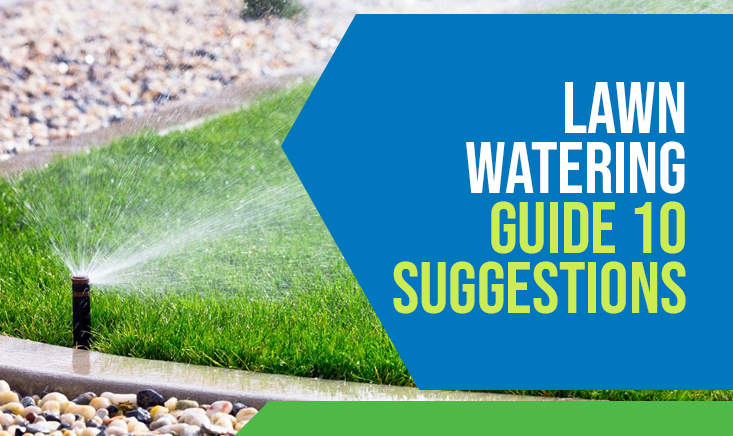
Understanding the Art of Efficient Lawn Watering
A lush, green lawn is often a source of pride for homeowners, but achieving and maintaining that vibrant greenery requires thoughtful and efficient watering practices. In this guide, we’ll explore tips and techniques to water your lawn efficiently, ensuring not only a beautiful landscape but also conservation of this precious resource.
Evaluate Your Lawn’s Watering Needs
Before diving into a watering routine, it’s essential to understand your lawn’s specific requirements. Factors such as grass type, soil composition, and climate play a crucial role in determining how much water your lawn needs. Conduct a thorough assessment to tailor your watering approach to meet these unique needs.
Choose the Right Time to Water
Timing is everything when it comes to lawn watering efficiency. The best time to water your lawn is early in the morning or late in the evening when temperatures are lower, and the sun is not at its peak. This minimizes water loss due to evaporation, ensuring more water reaches the roots where it’s needed.
Invest in a Quality Sprinkler System
A well-designed sprinkler system is a valuable investment for efficient lawn watering. Choose a system that allows for even water distribution and can be adjusted to suit your lawn’s specific layout. Consider using a timer to automate watering schedules, providing consistency and preventing overwatering.
Practice Deep and Infrequent Watering
Deep and infrequent watering is a key principle for promoting healthy root development. Instead of frequent shallow watering, which encourages shallow root growth, water your lawn deeply but less frequently. This encourages roots to grow deeper into the soil, making your lawn more resilient to drought conditions.
Monitor Soil Moisture Levels
Regularly monitor the moisture levels of your soil to avoid overwatering or underwatering. Invest in a soil moisture sensor to gauge when your lawn needs watering. This technology takes the guesswork out of the equation, helping you maintain an optimal moisture balance for your grass.
Use Proper Watering Techniques
When watering your lawn, apply water evenly and avoid runoff. If you notice water pooling or running off the lawn, pause and allow the water to be absorbed before continuing. This ensures that the water is penetrating the soil instead of being wasted on hard surfaces.
Consider Water-Saving Lawn Alternatives
Explore alternative lawn options that require less water. Drought-resistant grass varieties and ground covers can be excellent choices for regions with water restrictions. Additionally, incorporating landscaping features such as mulch and rocks can reduce the overall water demand of your lawn.
Collect Rainwater for Lawn Use
Take advantage of natural resources by incorporating rainwater harvesting into your lawn care routine. Set up rain barrels to collect rainwater from your roof, and use this stored water for watering your lawn during drier periods. It’s an eco-friendly way to supplement your watering needs.
Adjust Watering Based on Seasonal Changes
Recognize that your lawn’s water needs can vary with the seasons. During cooler months, your lawn may require less water, while hotter and drier periods may demand more frequent watering. Stay attuned to seasonal changes and adjust your watering schedule accordingly.
Explore Fund Your Purpose for Eco-Friendly Lawn Tips
For additional eco-friendly lawn care tips and insights, visit Fund Your Purpose. The platform offers valuable resources to help you make informed choices for a sustainable and environmentally conscious lawn. Remember, by watering your lawn efficiently, you not only nurture a healthy green space but also contribute to water conservation efforts in your community.










